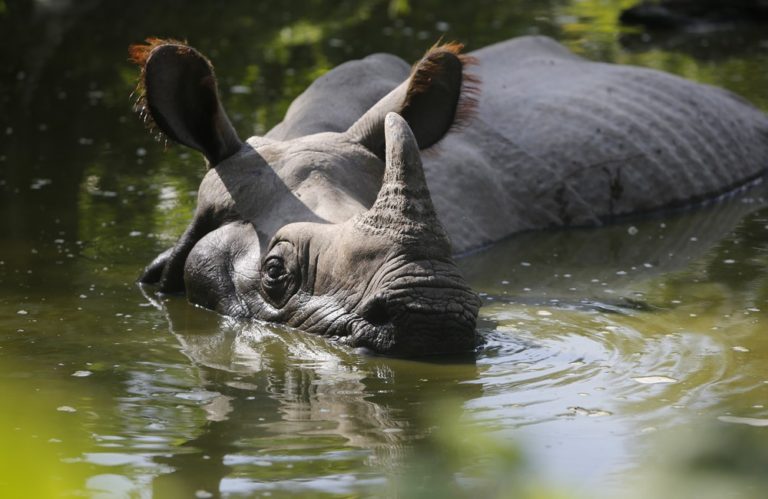
#Habitat of one horned rhinoceros skin
However, after the eradication of malaria and the end of the Rana regime, its population plummeted as poaching and illegal trade of its skin and horn became a major threat to this species. During the Rana regime, its population was in increasing trend because this particular area was not made accessible to the general public and the other factor that contributed to its conservation at that time, was widespread malaria in the area. Until 1950, the population of the greater one-horned rhino was estimated to be around 1000 in the Chitwan Valley only. Black rhinos have doubled in number over the past two decades from their low point of fewer than 2,500 individuals, but total numbers are still a fraction of the estimated 100,000 that existed in the early part of the 20th century. The only two remaining northern white rhinos are kept under 24-hour guard in Ol Pejeta Conservancy in Kenya. But the western black rhino and northern white rhinos have recently become extinct in the wild.

In Africa, southern white rhinos once thought to be extinct, now thrive in protected sanctuaries and are classified as near threatened. However, the species remains under threat from poaching for its horn and from habitat loss and degradation. Successful conservation efforts have led to an increase in the number of greater one-horned rhinos, from around 200 at the turn of the 20th century to more than 3,700 today.

A mainland subspecies of the Javan rhino was declared extinct in Vietnam in 2011. Today, a small population of Javan rhinos is found in only one national park on the northern tip of the Indonesian island of Java. Three species of rhino-black, Javan, and Sumatran-are critically endangered. Very few rhinos survive outside national parks and reserves due to persistent poaching and habitat loss over many decades. The five living species, which once ranged widely across Africa and Asia, now consist of remnant populations in protected or remote areas. By 1970, rhino numbers dropped to 70,000, and today, as few as 29,000 rhinos remain in the wild. At the beginning of the 20th century, 500,000 rhinos roamed Africa and Asia. Rhinos once roamed many places throughout Europe, Asia, and Africa and were known to early Europeans who depicted them in cave paintings. Mostly solitary animals, they feed by night and in the early morning and evening they rest in shade during the heat of the day. They have poor vision but good hearing and a good sense of smell. Most live near water and like to wallow in mud all swim well. Rhinoceroses are herbivorous, browsers or grazers according to the species.

The legs are stout and short and end in broad feet, each with three toes. The horns, arising from the skin, are made of keratin, a fibrous substance. The skin of the rhinoceros is extremely thick, nearly hairless in most species, and deeply folded in some. Rhinoceros are massive hoofed mammal of Africa, India, and Southeast Asia, characterized by a snout with one or two horns.


 0 kommentar(er)
0 kommentar(er)
